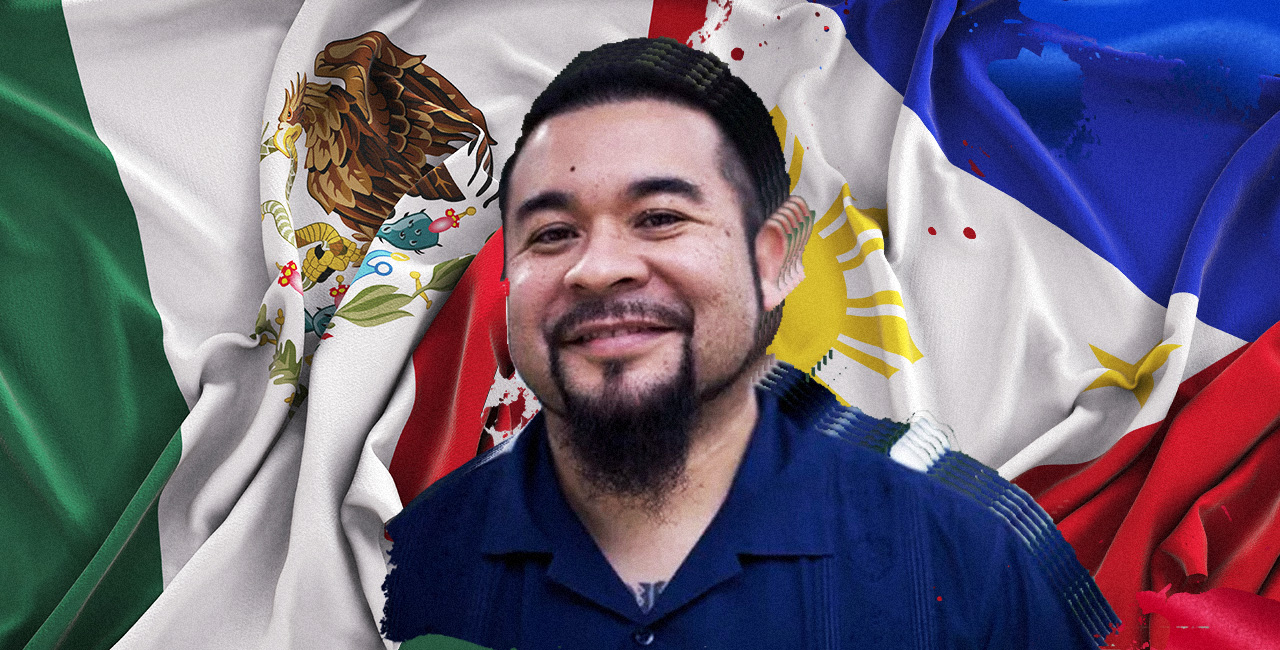The Afro-Latino Festival NYC Celebrates A Culture That’s Ready To Be HeardPosted in Anthropology, Articles, Arts, Latino Studies, Media Archive, United States on 2017-06-28 18:04Z by Steven |
The Afro-Latino Festival NYC Celebrates A Culture That’s Ready To Be Heard
The Village Voice
2017-06-27
 Two revelers dance at last year’s festival Source: New Visual Collective |
At 26, Amara La Negra, the Dominican-American singer, has a string of energetic tropical-funk hits in Spanish, fierce dance moves, a fashion line, hundreds of thousands of social media followers, and rising star power in her hometown of Miami and back in the Dominican Republic. But Amara is also Afro-Latina — a visibly, unapologetically Black woman making her career in worlds where colorism still runs rampant, among them the D.R. with its social hierarchy and the international Latin entertainment industry. With her dark skin, exuberant Afro, and in-your-face “La Negra” stage name, Amara is making a point.
“Change would be more Afro-Latinos in Hollywood, more on magazine covers,” Amara says. “It would be main roles in novelas, which we don’t yet have. They’ll cast you to be either a slave, a gangster, or a prostitute. They stereotype us.” Last year, a light-skinned beauty queen put on blackface and butt pads to parody Amara on Dominican TV. “We’re still a long way [from] seeing big change,” Amara says. “But we’re being more vocal.”…
…In New York City, the flagship venue for the new cultural reassertion is the Afro-Latino Festival, which holds its fifth edition on July 7 and 8. A grassroots project led by Mai-Elka Prado Gil and Amilcar Priestley, a Panamanian couple in Brooklyn, it has ballooned since 2013 from an outdoor afternoon party to a two-day international summit gathering musicians, filmmakers, activists, scholars, and partygoers….
Read the entire article here.





